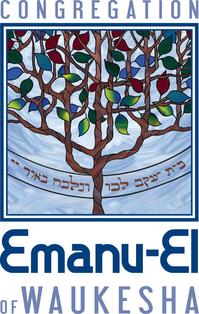Purim is one of the happiest and most joyous holidays in Jewish tradition, a holiday whose religious precepts include being happy, and even getting drunk. This is a holiday that allows even the most serious Torah scholars to get caught up in the spirit of amusement, and enjoy the carnival atmosphere.
The source of this holiday is in the Biblical Book of Esther, which relates the saving of Persian Jewry from Haman, chief minister to Persian King Ahashuerus, who was plotting to kill all the kingdom’s Jews (the time frame of this story is estimated as between the destruction of the First Temple and the building of the Second Temple, in the late 6th century BCE). The date on which Purim is observed, the 14th of the Jewish month of Adar (usually in March), in keeping with the date Haman had determined for all the Jews to be killed.
One of the unique aspects of the Book of Esther is that the story revolves around the heroism of a woman – Esther, who was Jewish. It is she who saved the Jewish people and turned the day of the evil decree into a historic holiday.
Holiday Customs
The Reading of Book of Esther – On Purim, the Book of Esther is read aloud in the synagogue. The reading of Esther is a very happy social event: at each mention of the wicked Haman, who has become synonymous with all those who bear ill will toward Jews, the congregants and especially the children, try to drown out his name by shaking special noisemakers.
Gifts of fancy foods – As part of the joy of this holiday, Jews have a custom of preparing gift baskets and sending to their friends and neighbors, and to give money to the poor.
Costumes – This custom of wearing masks and costumes developed in the Middle Ages, apparently influenced by local Mardi gras holidays. Small children take special interest in this aspect of the holiday.
Haman’s hat – a traditional Purim delicacy: triangular pastries (resembling tri-cornered hats) filled with poppy seeds and various other sweet fillings.
